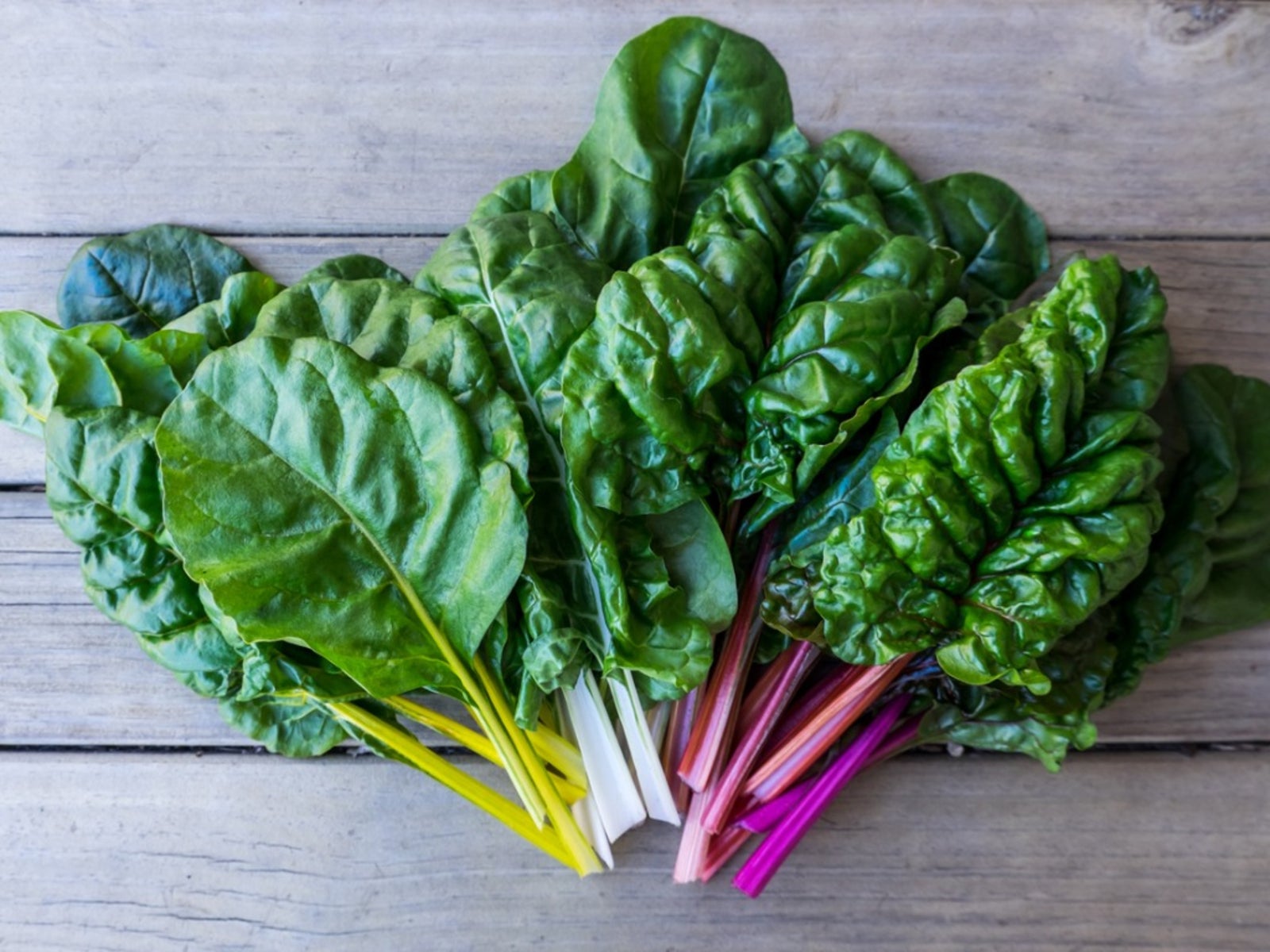Types Of Swiss Chard: Tips For Choosing The Best Swiss Chard Variety


Chard is a cool-season leafy green vegetable. The plant is related to beets but doesn't produce the globular edible root. Chard plants come in many varieties and colors. The brightly colored ribs of the celery like stems belong to the well-known Swiss chard plant family. The choices keep coming with a rainbow of types of Swiss chard. This nutritious plant is easy to grow and can be harvested several times in spring.
Swiss Chard Plant Family
The “Swiss” descriptor was added to the chard name to differentiate it from French chardon. Chard has a milder flavor than spinach and very similar green leaves. The leaves are born on top of long stems that may range in color from white to bright red and many hues in between. Varieties of chard are all rich in Vitamin C and carry 100 percent of your Vitamin K needs. Chard plants are also low in calories, with one cup (240 ml.) being only 35 calories.
Types of Swiss Chard
Chard plants have several names in addition to Swiss chard. Leaf beet, seakettle beet, and spinach beet are a few, with regional dialects adding to the list. The most common varieties of chard produce yellow, white, or red stalks but there are also stems in pink, purple, orange, and hues in between. All types of chard are fast-growing, cool-season plants that thrive in moist, humus-rich soil.
Varieties of Chard
There always seems to be a new hybrid coming out in garden centers but sometimes the best Swiss chard variety is the tried and true type.
- One of the chards that will provide bright contrast color in the vegetable garden is a red midrib type. Three seeds to try are Burgundy, Rhubarb, and Ruby. The brilliant red stem enlivens the usually green palette of the garden.
- Chard plants with white stems abound, including Geneva, Lucullus, Winter King, and Perpetual.
- For a little fun in the garden, choose one of the Rainbow mixes. A packet of seeds will produce plants with numerous rib colors.
Best Swiss Chard Variety
Choosing the “best” of something is often subjective. The choice depends upon where your garden is and what size and color you want. For a chard plant that offers a roundhouse of color, size, and ease of growth, Bright Lights is a winner. Oregon State University recommends Rhubarb, Fordhook Giant, Bright Yellow, and Silverado with its silvery toned stems. Whichever variety you choose, try eating the plant in a variety of ways. Use just the leaves fresh in a salad or wilt them like you would spinach. Cut up and cook the ribs separately from the leaves because they need a longer cooking time. You can also freeze a bumper crop of Swiss chard. Blanch the stems and leaves and then pack them in freezer storage containers.
Sign up for the Gardening Know How newsletter today and receive a free copy of our e-book "How to Grow Delicious Tomatoes".

Bonnie Grant is a professional landscaper with a Certification in Urban Gardening. She has been gardening and writing for 15 years. A former professional chef, she has a passion for edible landscaping.